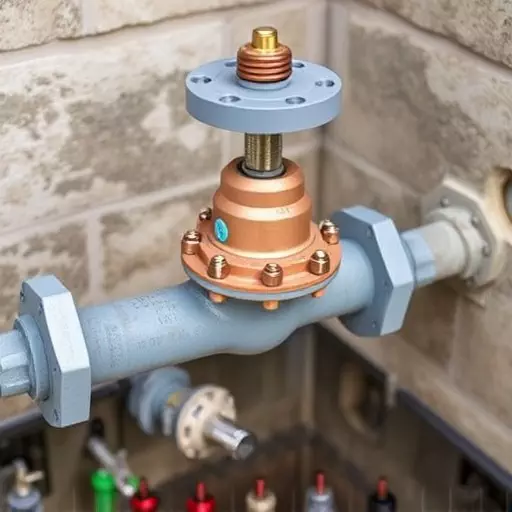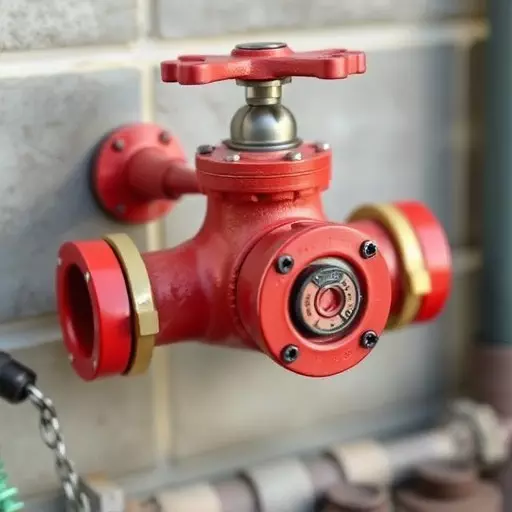Backflow preventers are essential for safe drinking water in Spring Lake, with commercial settings using reduced pressure backflow preventers (RPBP) and residential areas employing pressure-independent models (PIBPP). Installation requires meticulous planning, including assessing water systems, selecting the right preventer type, and adhering to regulations. A comprehensive guide covers preparation, step-by-step installation, testing, and post-installation maintenance, emphasizing the importance of regular checks for contamination prevention. Key SEO terms: Backflow Preventer Installation Spring Lake, Commercial backflow preventer installation, Residential backflow preventer installation.
“Backflow Preventer Installation in Spring Lake: Ensuring Safe Water Flow
In any property, whether commercial or residential, a robust backflow preventer system is paramount for maintaining water quality and safety. This article guides you through the comprehensive process of installing an automated backflow preventer in Spring Lake. From understanding the vital role these devices play in preventing harmful backflow to post-installation maintenance, we cover all aspects crucial for a smooth and effective setup. Discover expert tips tailored for both commercial and residential applications.”
- Understanding Backflow Preventers: Their Role and Types for Commercial and Residential Properties
- Preparing for Installation: Assessment and Planning for Smooth Process in Spring Lake
- Step-by-Step Guide to Automated Backflow Preventer Installation
- Post-Installation Checks and Maintenance Tips for Optimal Performance
Understanding Backflow Preventers: Their Role and Types for Commercial and Residential Properties
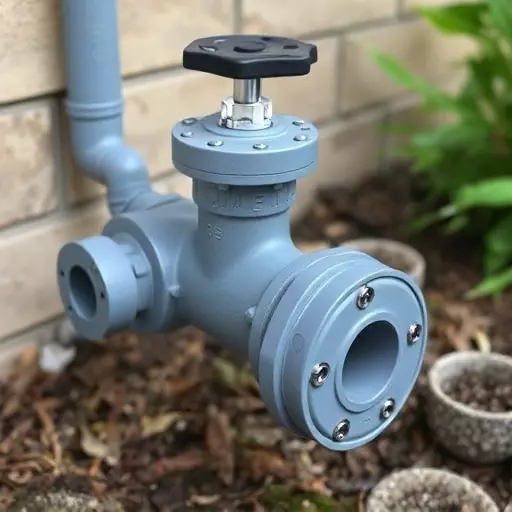
Backflow preventers play a crucial role in safeguarding water systems by stopping contaminated water from flowing back into potable supplies. They are essential components for both commercial and residential properties, ensuring the safety and quality of drinking water. These devices operate by detecting pressure changes and automatically shutting off when a potential backflow event is detected.
There are various types of backflow preventers available, each designed for specific applications. For commercial installations, reduced pressure backflow preventers (RPBP) are commonly used due to their ability to handle high-pressure systems and prevent hazardous substances from entering the main water supply. In contrast, residential properties often utilize pressure-independent backflow preventers (PIBPP), which offer a simpler design and are effective in preventing backflow from low-pressure sources like garden hoses or cleaning equipment. Proper installation is paramount for ensuring these devices function effectively, thereby protecting against potential health risks associated with backflow contamination.
Preparing for Installation: Assessment and Planning for Smooth Process in Spring Lake
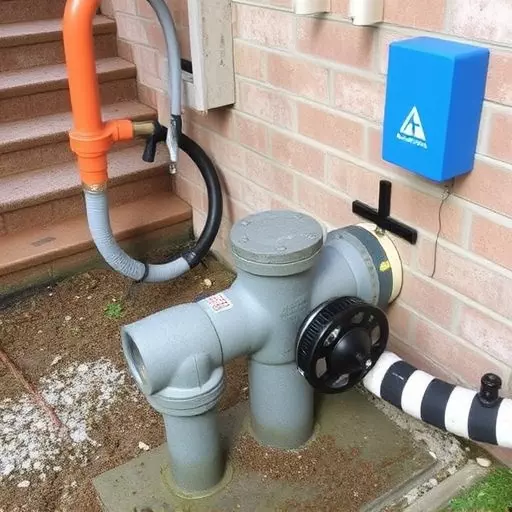
Preparing for backflow preventer installation in Spring Lake involves a meticulous assessment and planning phase to ensure a smooth process. For both commercial and residential properties, understanding the water system is key. This includes identifying potential hazards, like contaminated water sources or pressure fluctuations, that could trigger backflow events.
Professional plumbers or certified specialists should conduct a thorough inspection to determine the most suitable backflow preventer type and location. Proper planning ensures compliance with local regulations, as well as optimal performance and safety for the water supply system.
Step-by-Step Guide to Automated Backflow Preventer Installation
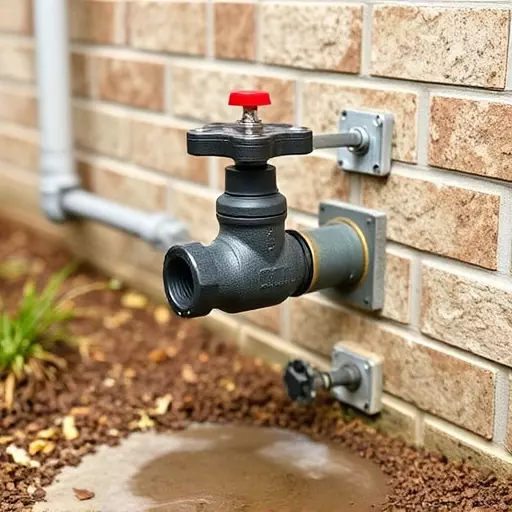
Step-by-Step Guide to Automated Backflow Preventer Installation
Backflow preventer installation is crucial for both commercial and residential properties in Spring Lake, ensuring water safety and compliance with local regulations. The process involves several key steps to guarantee a secure and efficient system. First, assess the water supply lines, identifying the specific points where the backflow preventer will be installed. This typically includes examining the cold and hot water pipes leading from the main water source into various fixtures and appliances. Once identified, prepare the area by shutting off the relevant water valves to prevent any accidental water flow during installation.
Next, select the appropriate automated backflow preventer model based on your property’s needs. Commercial properties may require larger, more robust devices, while residential installations often opt for smaller, space-efficient models. Mounting the preventer securely is essential; follow the manufacturer’s instructions to ensure proper placement and stability. After mounting, connect the preventer to the water lines, carefully adhering to the provided guidelines. Test the system thoroughly by activating it and verifying its functionality. This step ensures the backflow preventer operates as intended, automatically shutting off water flow in case of potential backpressure.
Post-Installation Checks and Maintenance Tips for Optimal Performance

After a successful backflow preventer installation in Spring Lake for either commercial or residential properties, it’s crucial to perform essential post-installation checks and regular maintenance routines to ensure optimal performance and longevity of the device. Begin by verifying that all components are securely fastened and connected according to the manufacturer’s guidelines. Check for any signs of damage or leaks, addressing them promptly if needed. Test the backflow preventer’s operation by activating it and monitoring its response; it should shut off water flow in the event of a potential contamination scenario.
Regular maintenance involves cleaning the device as per recommended intervals, removing sediment buildup, and inspecting valves for wear and tear. Keep records of all maintenance activities, including dates and details of any adjustments made. Staying vigilant with these checks ensures the backflow preventer remains effective in safeguarding your water supply from potential contamination sources, protecting both residential and commercial properties alike.

